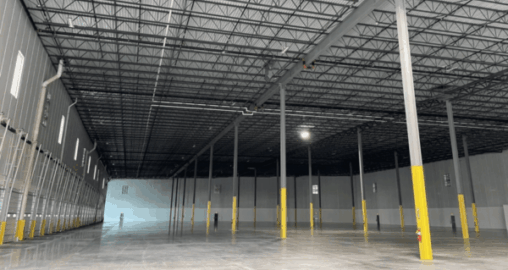Explaining Blackstone REIT’s Lower December 31 NAVs per Share
January 17, 2019 | James Sprow | Blue Vault
In a January 17, 2019, SEC filing, Blackstone REIT (BREIT”) announced lower transaction prices for its four classes of common stock that take effect on February 1, 2019, and are equal to each class’s NAV per share as of December 31, 2018. The latest NAVs per share are as follows, with the NAV’s as of November 30, 2018, and the percentage change.
| BREIT Common Share Class | 12/31/18 NAV | 11/30/18 NAV | % Change |
| Class S | $10.8222 | $10.8862 | -0.588% |
| Class T | $10.6318 | $10.6957 | -0.597% |
| Class D | $10.6820 | $10.7459 | -0.595% |
| Class I | $10.7984 | $10.8625 | -0.590% |
Because the REIT has not added a significant number of property investments to its portfolio between November 30, 2018, and December 31, 2018, the change in net asset value per share may be due, in part, to the assumptions used in valuing the properties in the portfolio, as well as its investment in real estate-related securities.
Related: Blackstone to Close $20 Billion Real Estate Fund in Q1 2019
Below are the cap rate assumptions used in both the December 31, 2018, estimated NAVs per share and the November 30, 2018 estimates. The minor changes in cap rate assumptions are seen only in the exit cap rates for the REIT’s multifamily and industrial properties. However, those property types make up over 70% of the REIT’s asset values. When cap rate assumptions increase, the value of properties will fall, other things equal. In the case of BREIT, over 70% of its asset values were subject to the slightly higher exit cap rates, which could explain some of the drop in NAVs per share.
| December 31 Assumptions | |||
| Property Type | Discount Rate | Exit Cap Rate | Exit Cap Rate Change |
| Multifamily | 7.8% | 5.6% | 0.1% |
| Industrial | 7.3% | 6.2% | 0.1% |
| Hotel | 9.7% | 9.1% | -0.1% |
| Retail | 7.7% | 6.5% | 0.0% |
| November 30 Assumptions | ||
| Property Type | Discount Rate | Exit Cap Rate |
| Multifamily | 7.8% | 5.5% |
| Industrial | 7.3% | 6.1% |
| Hotel | 9.7% | 9.2% |
| Retail | 7.7% | 6.5% |
| Assets by Type | Q3 2019 (Mill.) | % of Portfolio |
| Multifamily | $5,379.1 | 45.9% |
| Industrial | $2,876.9 | 24.5% |
| Hotel | $1,125.3 | 9.6% |
| Retail | $138.1 | 1.2% |
| RE Related Securities | $2,040.5 | 17.4% |
| Total Assets | $11,727.2 | 100.0% |
The REIT also utilizes a significant amount of financial leverage, with $6.17 billion in mortgage notes and term loans financing its $9.04 billion in net property investments and securities as of September 30, 2018. Other things equal, leverage will increase the impact on shareholder values and estimated NAVs for any given change in cap rate assumptions.
Bottom line, the drop in NAVs per share are most likely due to slight changes in the REIT’s assumptions about cap rates and the impacts of leverage which can amplify the impact on shareholder values.
Over the course of 2018, Blackstone REIT’s NAVs per share have increased significantly, despite the recent drop. Shown below are the year-over-year comparisons for the estimated NAVs as of December 31, 2018, and December 31, 2017.
| BREIT Common Share Class | 12/31/18 NAV | 12/31/17 NAV | % Change |
| Class S | $10.8222 | $10.5750 | 2.338% |
| Class T | $10.6318 | $10.4175 | 2.057% |
| Class D | $10.6820 | $10.4712 | 2.013% |
| Class I | $10.7984 | $10.5671 | 2.189% |
Source: SEC

Learn more about Blackstone Group LP on the Blue Vault Investment Manager page











